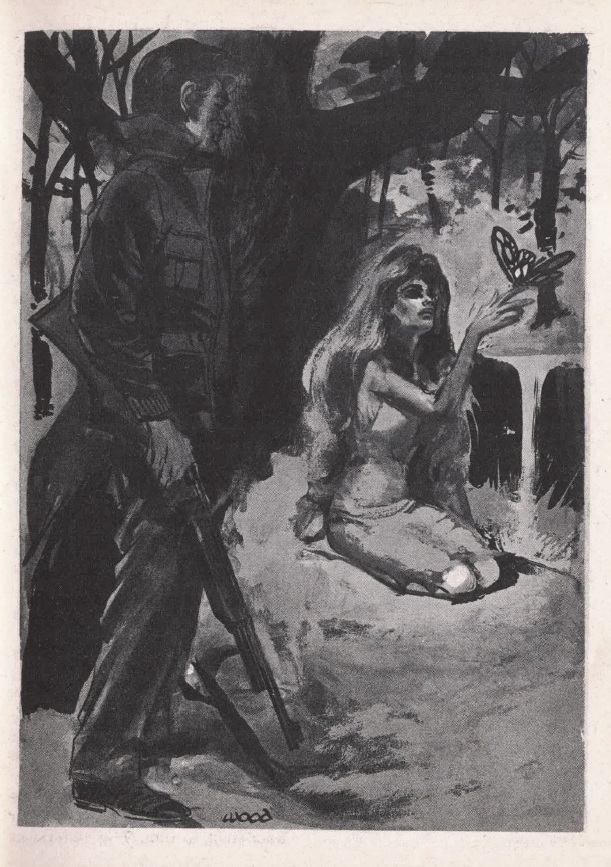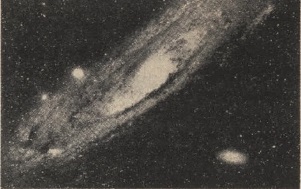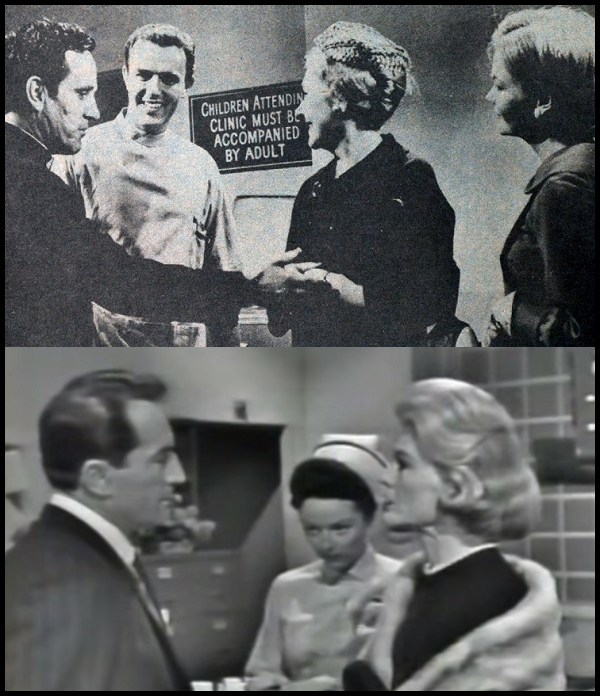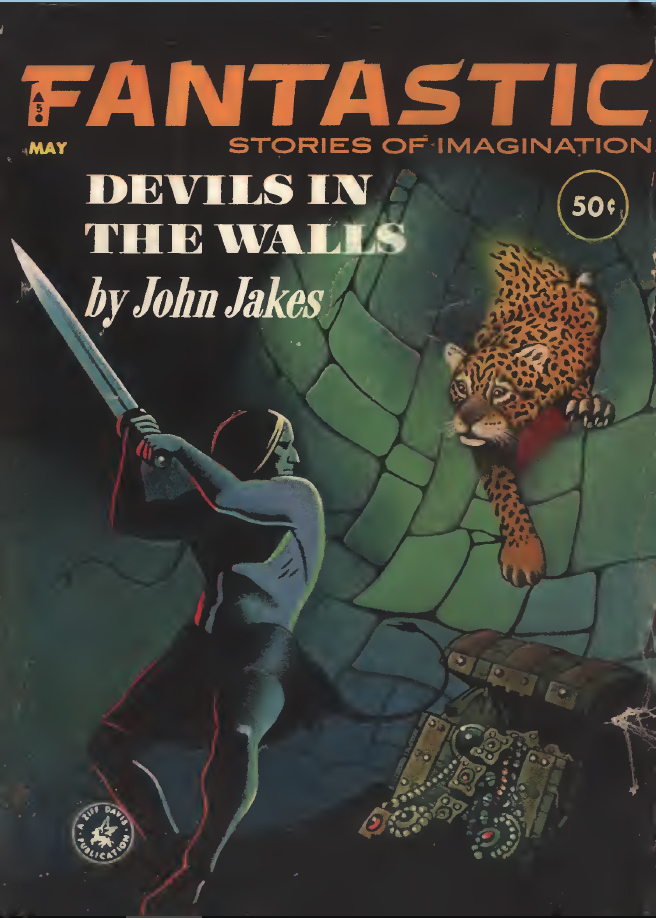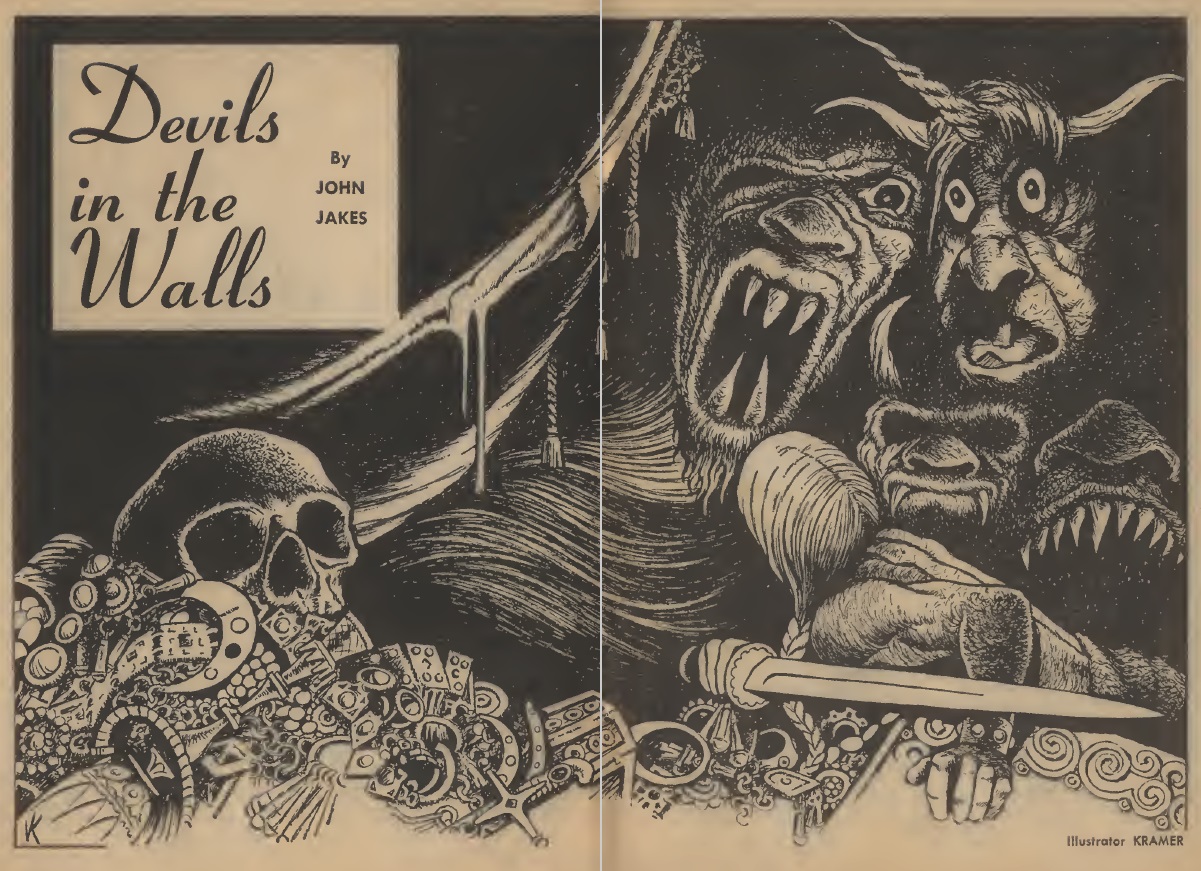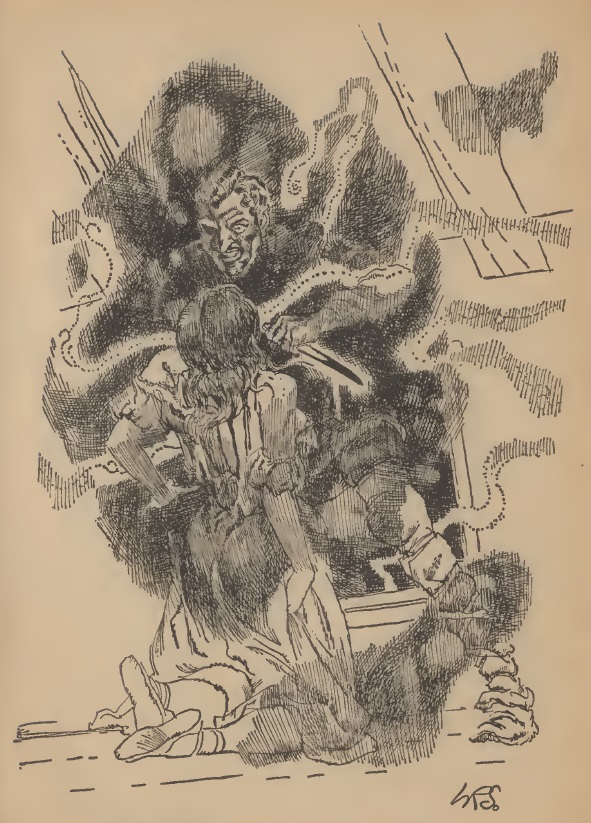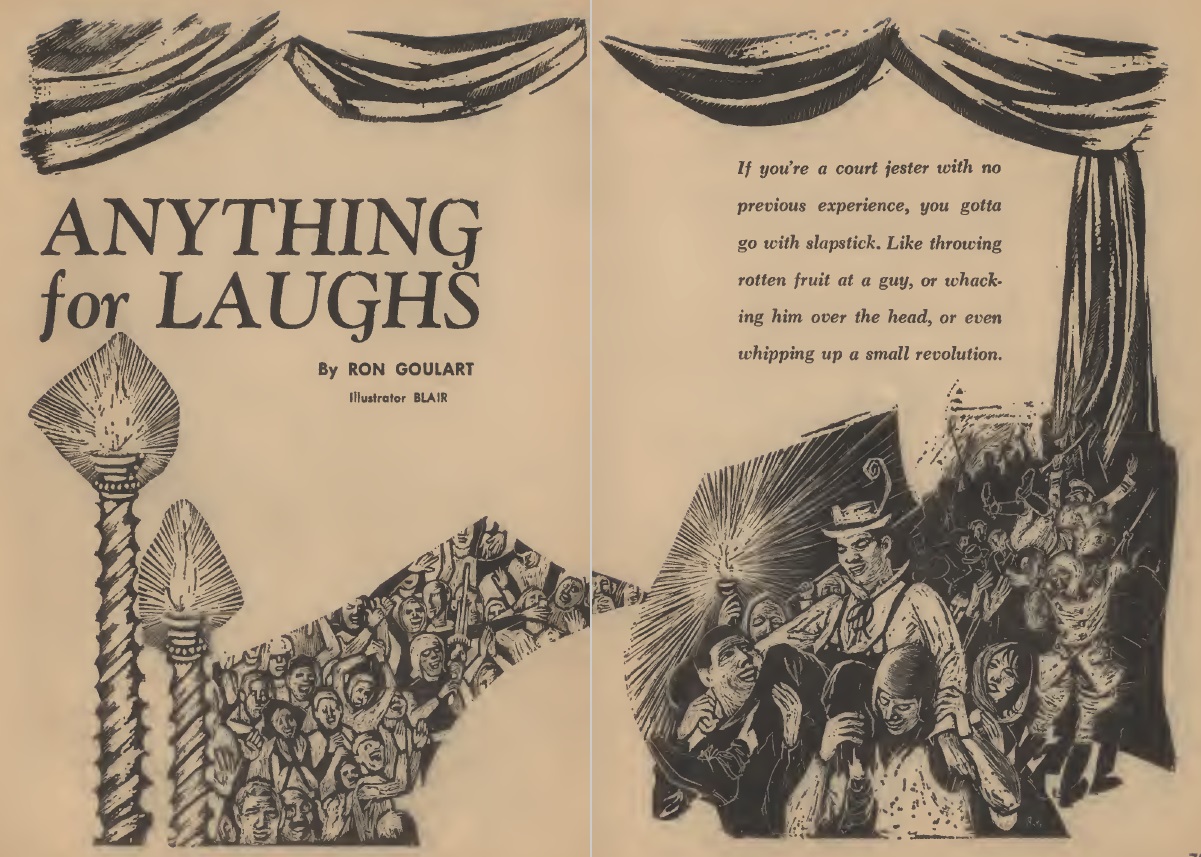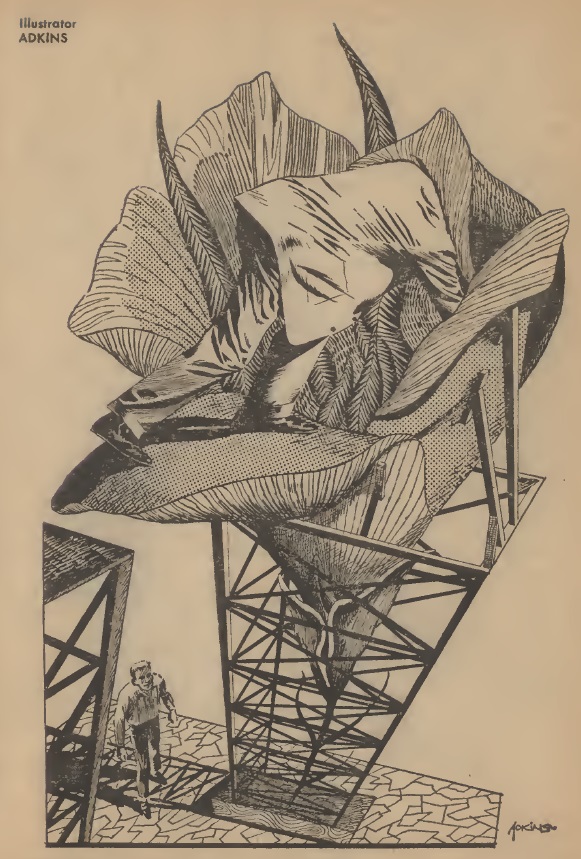
by Gideon Marcus
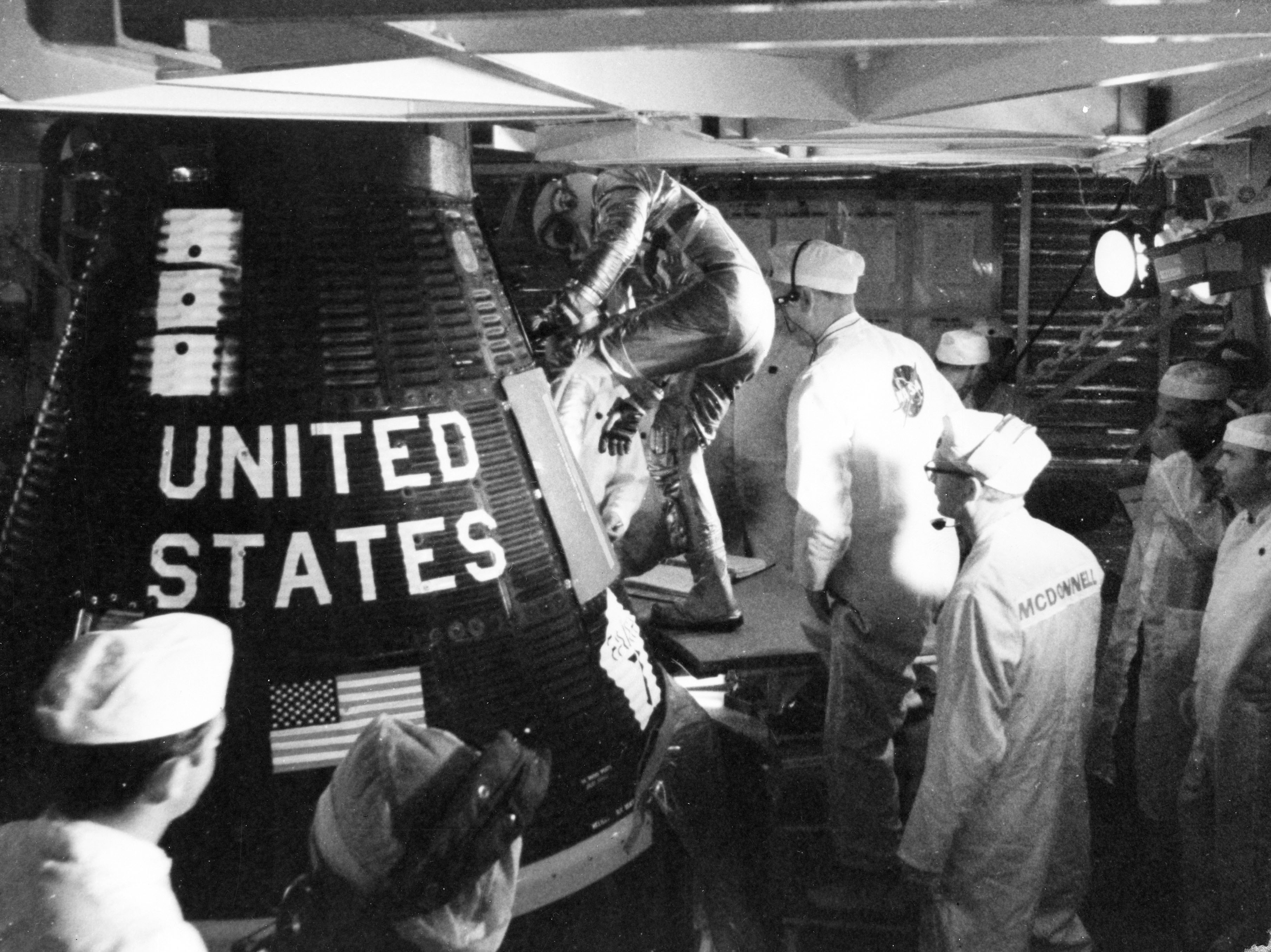
This morning, Gordo Cooper's Faith 7 Mercury spacecraft didn't blast off into the heavens. It's the kind of disappointment that makes one look in science fiction for a bit of solace. And so, I have for you, that reliable well of SF adventure (and often mediocrity), the latest Ace Double. This particular one features two wildly different tales, and yet, both have an air of age about them (in a creaky-jointed way, not a venerable one) that ensures that neither will be stories for the ages. Nevertheless, they scratch an itch while we wait for NASA to get its act together. Let's take a look:
Battle on Venus, by William F. Temple

A lone spaceship descends through the thick clouds of the Venus, humanity's first expedition to the Second Planet, only to land in the midst of a planetary war. Automated torpedo ships, mini-tanks, and oversized buzzsaw wheels terrorize the barren landscape, which is strangely devoid of people. When the terran spacecraft is damaged in the fighting, wet-behind-the-ears crewman, George Starkey, is sent off in a helicopter to find assistance. At the end of the grueling trek lies maturity, love, and revelation of the source of the madness that's afflicted the misnamed Planet of Love.
Several factors make Battle on Venus feel like a throwback. For one, Temple's Venus is wildly archaic in conception, with a breathable atmosphere and comfortable temperatures. Its inhabitants are human in all but name. And the romantic subplot could have been lifted (like virtually everything else) straight from a Burroughs novel — all it needed was a scene in which the characters exclaimed that they'd always loved each other; they were just certain the other party didn't return their feelings.
That said, two things make Venus work as a story, if not as science fiction. For one, the British Temple writes in a mildly droll manner that makes the book feel like a deliberately ironic satire. Some of the conversational exchanges are genuinely funny, and occasionally even border on profound. Temple may not conform to the rules of science, but there is internal consistency, in plot and in style.
But the big selling point for Venus is Mara, a Venusian native who is clever, resourceful, well-developed, and (miracle of miracles) even gets to be the viewpoint character for a decent portion of the book. She is the real protagonist of the story, far more than the rather hapless George, and you can't help but like her.
It takes a little while for Venus to engage, but once it does, it's a fun (if frivolous) read. Three stars.
The Silent Invaders, by Robert Silverberg
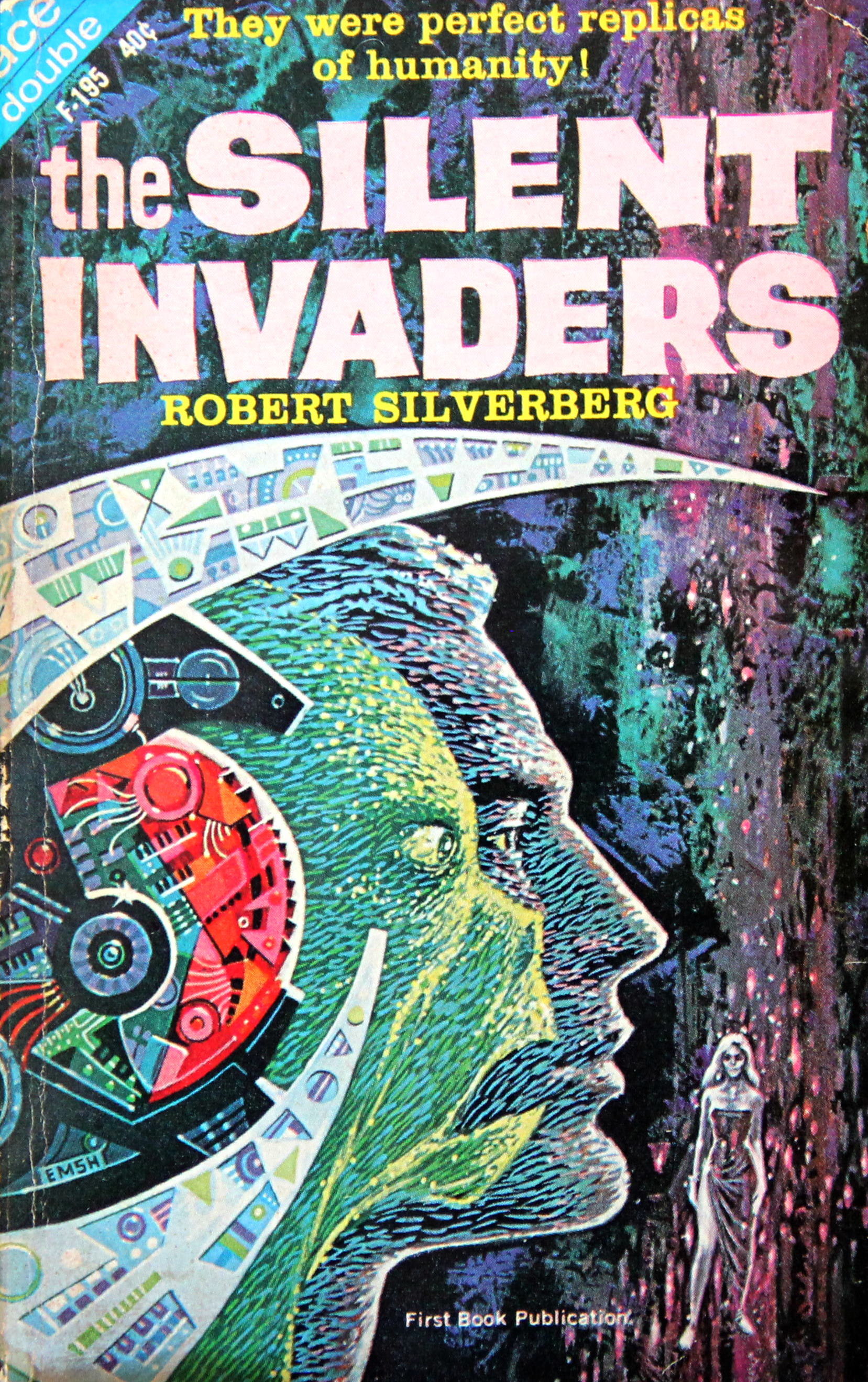
After ten long years among the stars, Major Abner Harris is coming home to Earth. Except the Major is actually Aar Khiilom of the galaxy-spanning Daruu, and his mission is to covertly make humanity allies of his race against the squamous Medlin. His disguise as a human, which runs surgically deep is perfect — too perfect. He quickly falls in love with a terran named Beth Baldwin…who turns out to be a Medlin in similar disguise.
It turns out that not only are the Daruu the bad guys of the galaxy, but that the Medlin have been coaxing the birth of a new generation of humans, ones with such telepathic and physical prowess that they will be come the new masters of the galaxy, ending the petty existing squabbles. Aar must choose between carrying out his mission or becoming a traitor to his people.
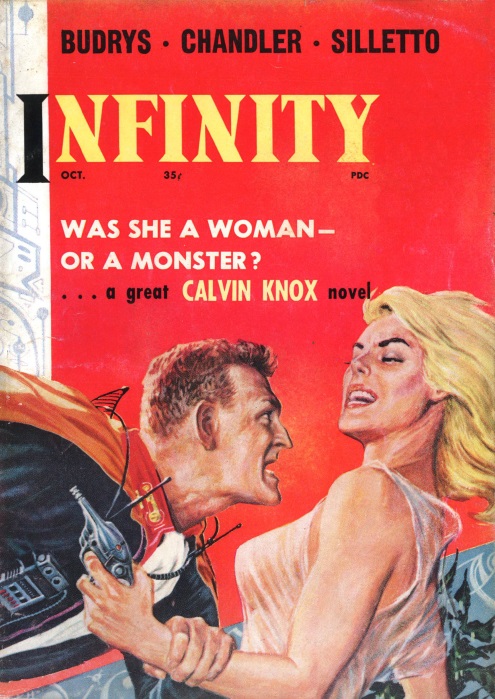
Robert Silverberg ("Silverbob") wrote the first version of Invaders five years ago, publishing it in the October 1958 Infinity shortly before that magazine disappeared forever. That original was a third the length of the novelization. The plot is identical, however, and 90% of the language was carried over verbatim. The novel adds local color and ratchets up Aar's uncertainty, both of which don't hurt the story.
What does hurt the story is Silverberg's immature style. He wrote the bulk of this in his 20s, before he'd obtain much life experience, and it shows. The emotions don't ring true, and there is an amateur quality to the writing. Moreover, while the setup is interesting, the introduction of the race of superhumans is a handwave too far. The book just isn't big enough for two big revelations.
As a piece of far future worldbuilding, particular with regard to technology, Invaders is something of a success (I particularly liked a scene in which a cabbie is unsure as to the location of an address, so he asks his computer to guide him). But as a story, and as a piece of literature (such as it is), it's barely fair. 2.5 stars.


















